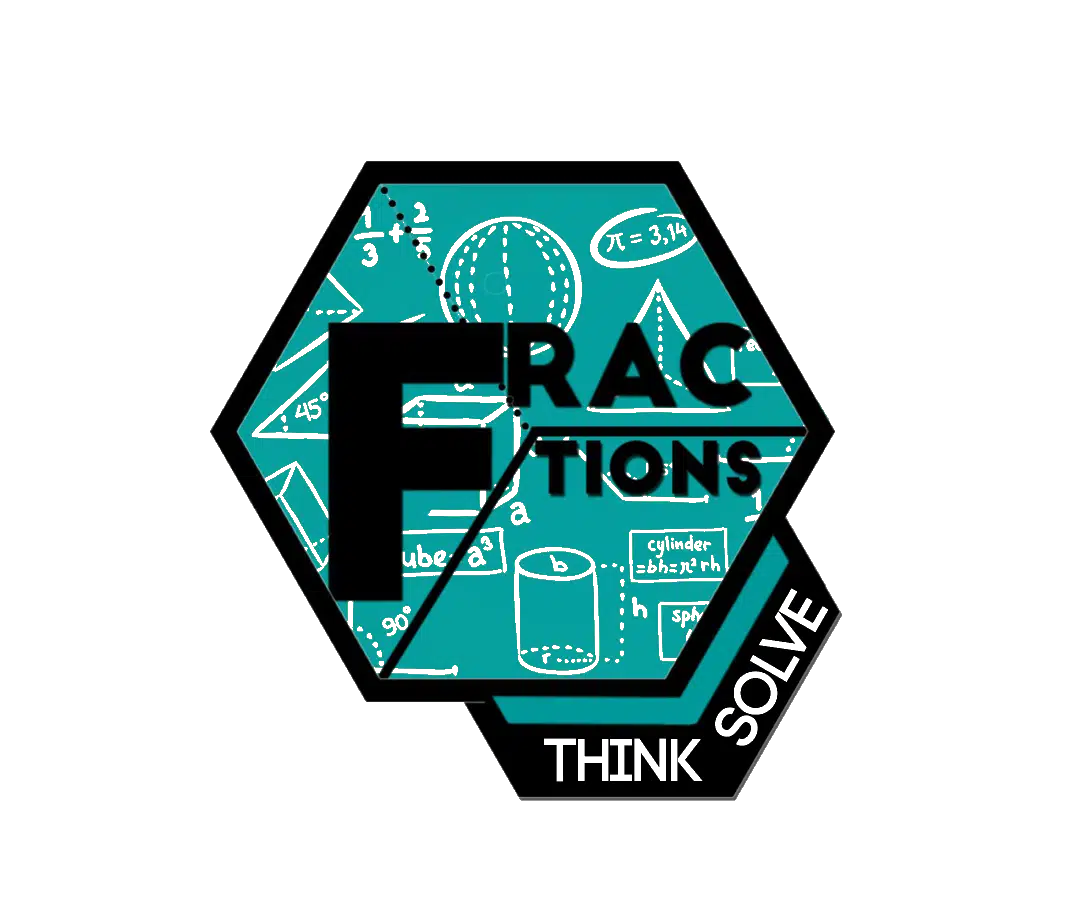A COURSE for ISI & CMI Entrance Exam
This course is being organized for the I.S.I. and C.M.I. aspirants for B.Math, B.Stat (I.S.I.), and B.Sc (C.M.I.) entrance exams. This course will focus on in-depth theory for all the topics listed below and also on problem-solving. We have prepared a wide variety of problem sheets, notes, and other materials that will help you to crack the ISI & CMI entrance exams. We chose the problems with great care to ensure that they are at the same degree of difficulty as the exam problems. The main topics to follow are Number Theory, Combinatorics, Polynomials, Geometry, Calculus etc. We have our online classroom facility where you will get all the lecture notes, class recordings, Assignments, Virtual Library, and much more. The online classes will be held online via Zoom and you will get a chance to meet the students who have actually cracked the exam and learn from them. The recordings of the classes will be posted after the class. For offline batches, you will have one offline class and one online class. We conduct one online class for the offline batch as we want you to get exposure to the faculties who won’t be able to take the offline classes. A total of 90 lectures will be held during a period of one year, each consisting of 2 hours each.







![Rendered by QuickLaTeX.com \[\begin{cases} a+b+c=\frac{1}{a}+\frac{1}{b}+\frac{1}{c} \\a^2+b^2+c^2=\frac{1}{a^2}+\frac{1}{b^2}+\frac{1}{c^2}\end{cases}\]](https://fractionshub.com/wp-content/ql-cache/quicklatex.com-a76d38c8430c7198aa65dc17a98092bb_l3.png)